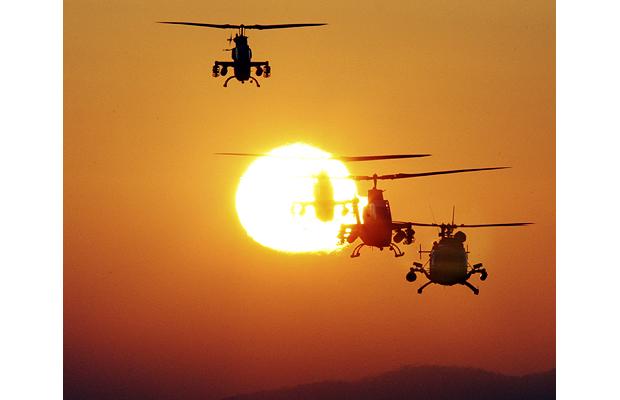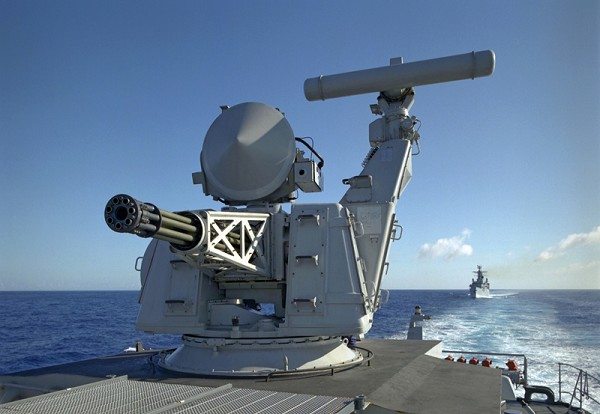When it comes to combat, context is everything. Is the individual observed a lone gunman or the advance scout for a large army? Is there a weak spot in the adversary’s position that friendly forces can exploit? Was the IED blast the act of a single homicide bomber or part of a coordinated attack? Is a mass demonstration actually a cover for an organized, planned assault on an American consulate or military facility?
In the world of tactical intelligence, surveillance and reconnaissance (ISR) context is provided by wide area persistent surveillance (WAPS). Traditional ISR systems either looked at a large area without the ability to provide detailed resolution of a particular object or provided high resolution views of specific targets, the so-called “soda straw’ perspective. Traditional systems could not provide both wide area and narrow focus ISR.
WAPS is the capability both to continuously monitor a relatively large area and simultaneously focus in on multiple specific locations or targets. With WAPS, context is maintained even as particular subjects of interest (individuals, vehicles, buildings, etc.) are examined in detail and over time. Because height is important for both area coverage and tracking multiple targets, WAPS systems typically are designed to be deployed on aerial platforms (tethered balloons, aerostats, unmanned aerial systems or manned aircraft).
WAPS has proven particularly valuable in the wars in Iraq and Afghanistan where the adversary seeks to blend into the civilian population. The ISR challenge has been to pick up specific nuggets of information from activities taking place across a large area that are indicators of hostile action. In addition, by stringing together a number of specific data points it is possible to develop a more comprehensive picture of an adversary’s forces, command and control system and networks. This allows intelligence analysts to identify the network that provided the homicide bomber with his orders, funding, training and device.
The demand for WAPS to support counterinsurgency and counter terrorism operations was immediate and intense. The Pentagon struggled to develop and integrate ISR sensors that provided a combination of wide area coverage and narrow view, high fidelity observation. The challenges included integrating the right combination of wide area and narrow field of view sensors in a single platform, achieving a day/night capability, creating appropriate algorithms moving information rapidly to the tactical user on the ground and developing a data storage and retrieval system that allowed the information to be rewound in order to reconstruct events and backtrack targets.
Over time and with enormous assistance from national laboratories and private industry a revolution in tactical ISR took place. The Argus-IS system using four sensors to provide an 8-by-8-kilometer broad field of view and at the same time the ability to select multiple independent high resolution tracks with 20-centimeter resolution. The even more impressive Constant Hawk not only provided improved resolution and a higher refresh rate but shrank this capability down to a 54 pound integrated turret that can be employed on an Army Shadow UAS.
The gold standard for WAPS is the Gorgon Stare system which is deployed aboard the Reaper UAS. The current version of Gorgon Stare uses five electro-optical and four infrared cameras to generate imagery from 12 different angles. Gorgon Stare can provide a continuous city-sized overall picture, multiple sub-views of the overall field and what are high resolution “chipouts” of individual views, each of which can be streamed in real time to multiple viewers. A single Gorgon Stare pod can generate two terabytes of data a day.
WAPS has tremendous applications to a wide range of national challenges. The capabilities provided by Gorgon Stare could be employed to support surveillance of drug smugglers and illegal immigrants, assist first responders in natural disasters, provide information to firefighters, conduct urban reconnaissance for law enforcement and even help in traffic management for large urban areas such as Los Angeles. Even corporate security could find uses for the kind of information provided by a Gorgon Stare-like capability.











